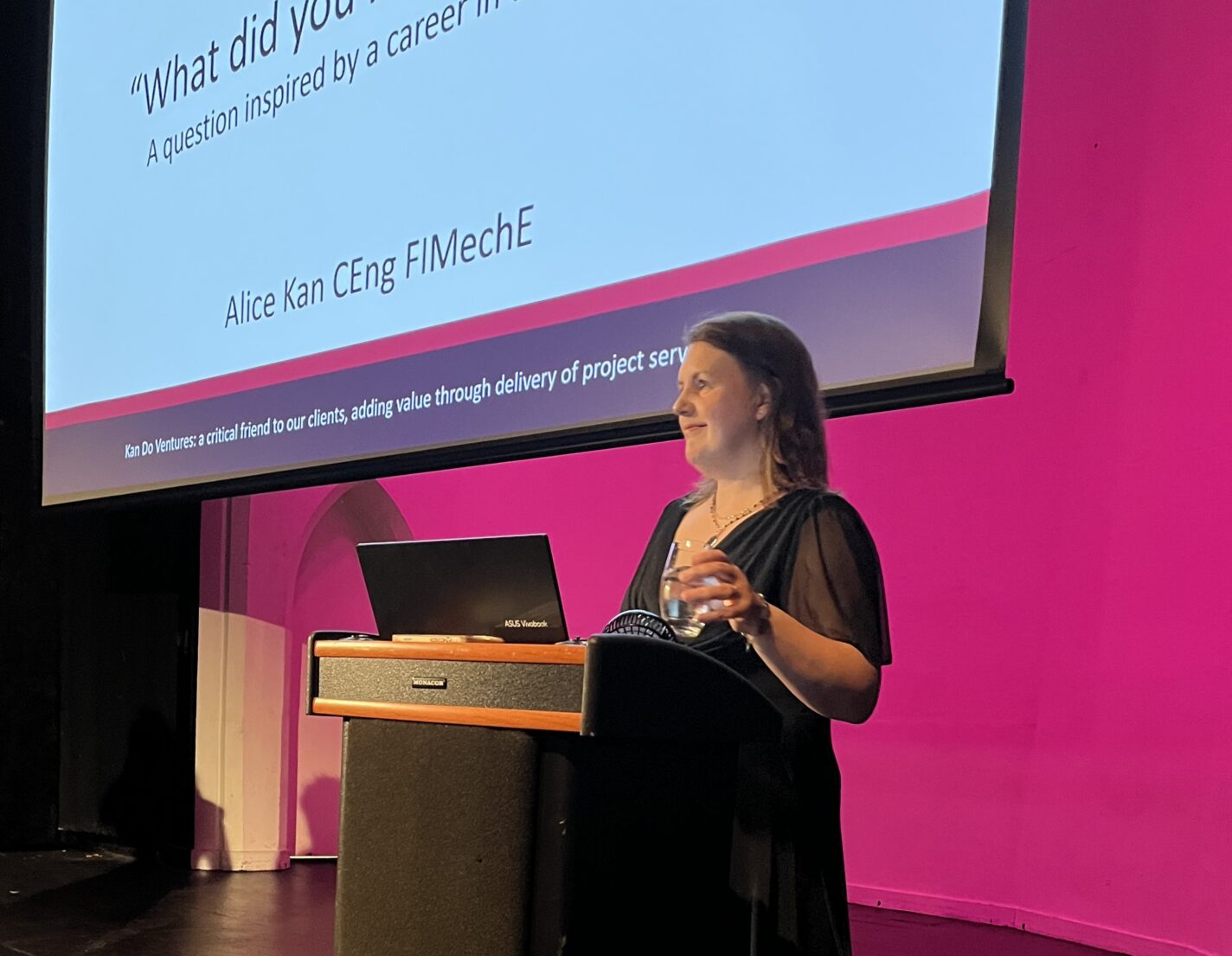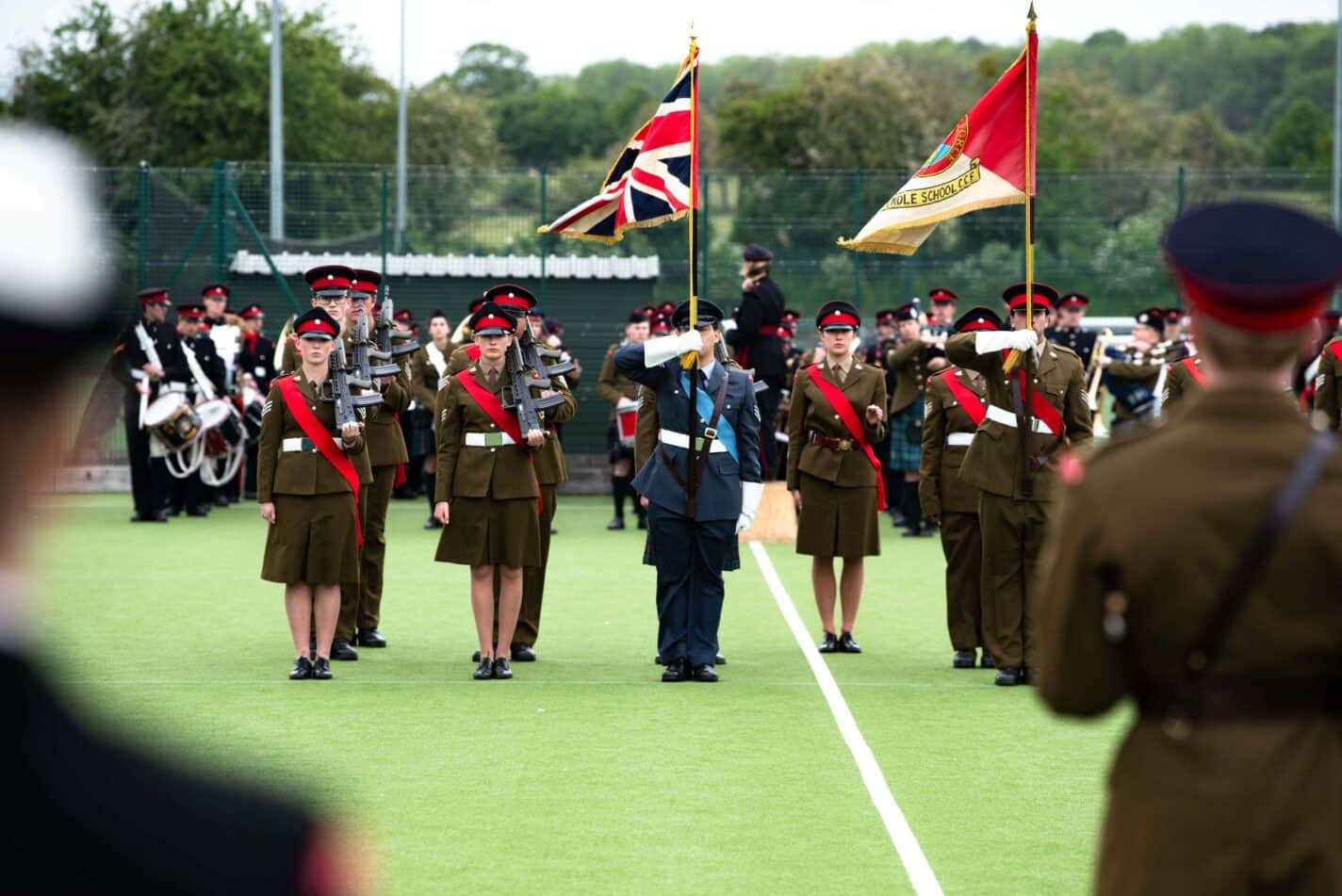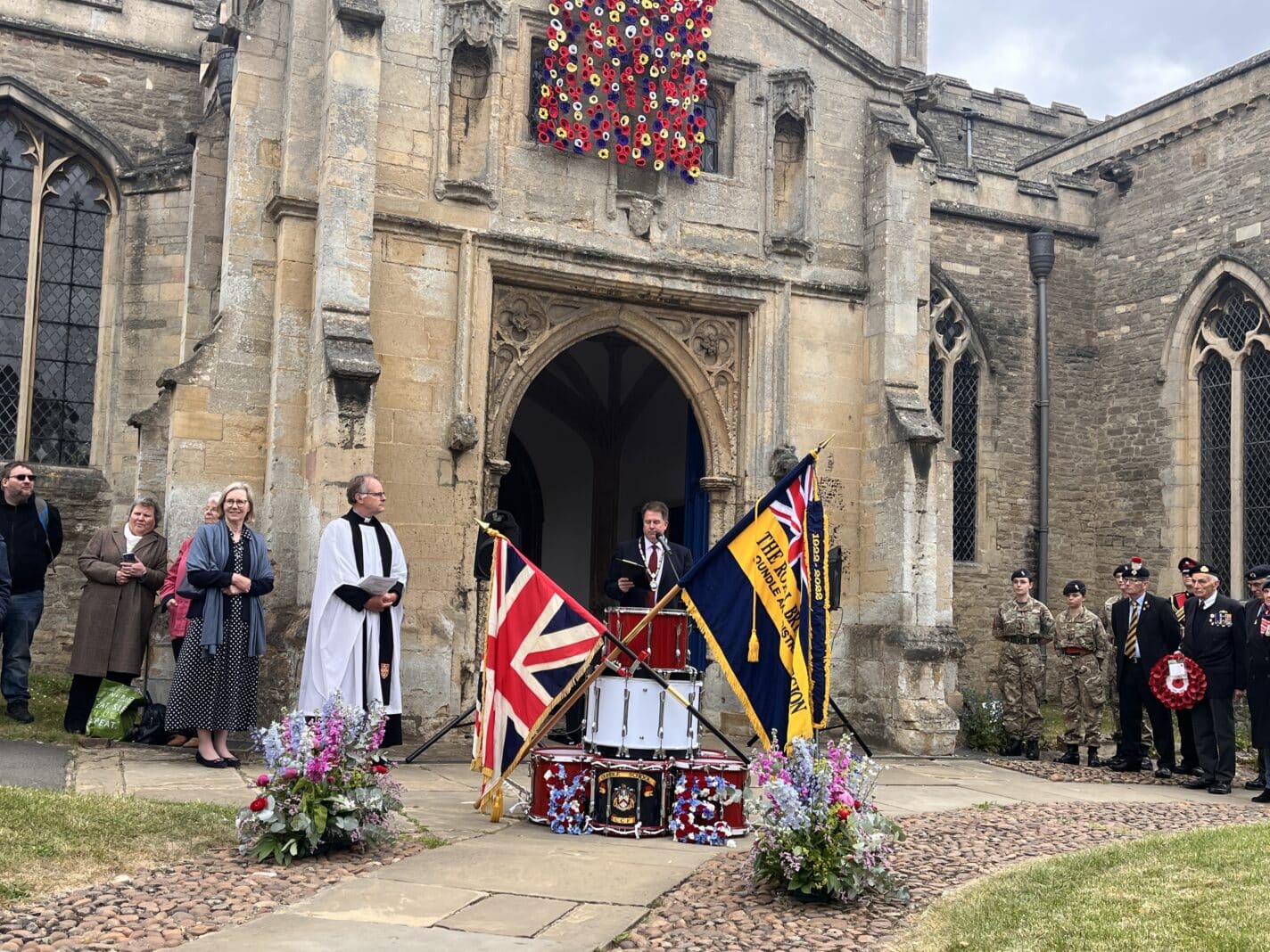
The 2015 Oundle three day trip to CERN in Geneva, Switzerland, began with an orientation video and display of the history and development of the centre’s research. This proved fascinating, and explained how the pion (one of the fundamental particles) was discovered through collision experiments. In the afternoon, first on the agenda was a talk by a physicist at CERN explaining the physics behind early and current particle experiments, sparking a curiosity amongst many as to things such as the properties of the little known dark matter.
After this talk we were met by a computer technologist who works on Atlas – the largest of the four detectors in the large hadron collider. She showed us the control rooms for Atlas and explained how this massive structure (taking up a space which is as big as St Paul’s Cathedral and 100m underground) was created and constructed, with everything being assembled below ground in the tunnels.
We then went to see the where the giant magnets responsible for making the particles collide were made and tested. Here we saw different sections of the tunnel and learnt about how the colliders were constructed to be as efficient as possible using materials such as superconductors to decrease wasted energy due to resistance.
On Friday we visited the United Nations Office and were given the chance to see famous and impressive conference rooms whilst learning about the history of the UN. Following the visit we split into teams and were given a geographical quiz which took us on a tour of Geneva, with the final location being a charming Italian restaurant where we had dinner. It was a brilliant way to end the trip.
Honor Murison (Sn)




